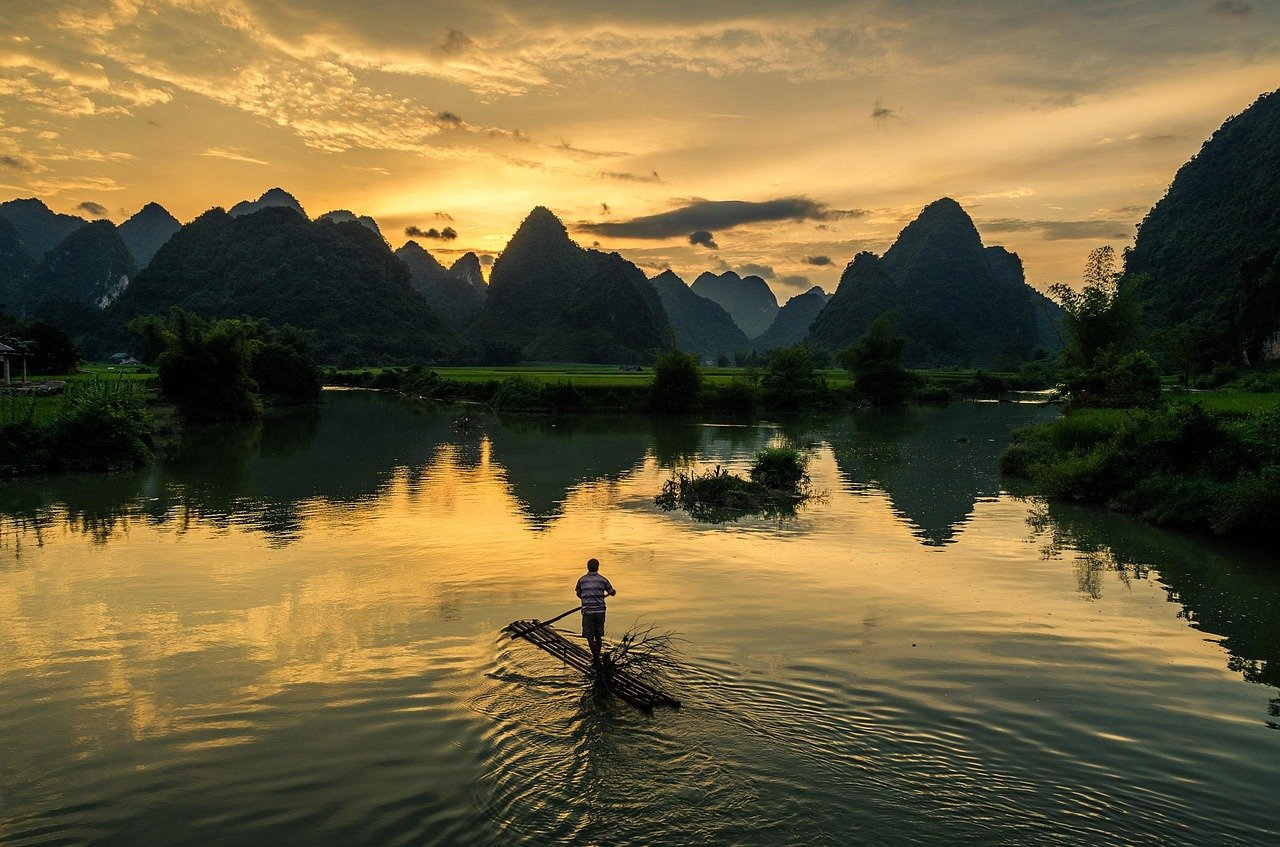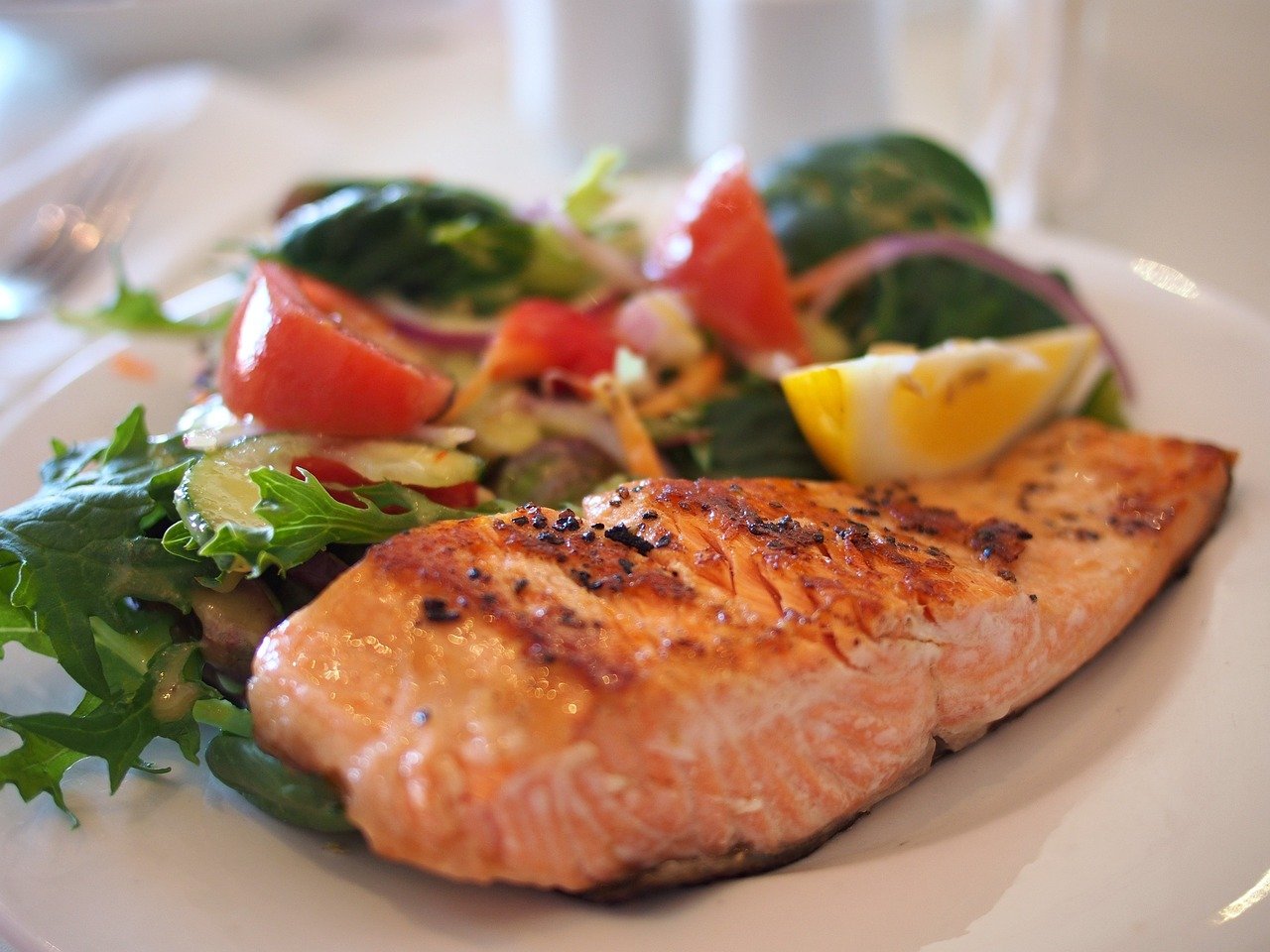Nestled within the lush landscapes of Oregon are two of the state’s most pristine fishing destinations – Crater Lake and Diamond Lake. Both spots offer not only breathtaking views but also an abundance of fishing opportunities for enthusiasts of all levels. Crater Lake, known for its crystal-clear waters and vibrant marine life, provides a unique backdrop for fishing adventures. Meanwhile, Diamond Lake boasts a rich ecosystem, making it a haven for both fish and fishermen alike. Join us as we explore these captivating lakes that promise unforgettable fishing experiences, set against Oregon’s unparalleled natural beauty.

This image is property of pixabay.com.
Overview of Oregon’s Fishing Lakes
Description of the diverse fishing opportunities
In Oregon, we’re blessed with an abundance of fishing lakes, each offering a unique experience for anglers of all skill levels. From the serene, high-mountain lakes nestled among pine forests to the expansive, reed-lined bodies of water at lower elevations, the variety is astounding. Whether we’re after trout, bass, catfish, or panfish, there’s a lake that perfectly suits our fishing desires. The state’s commitment to fish habitat conservation and stocking programs ensures that we always have access to productive fishing grounds.
Discussion on the unique features of Oregon lakes
What sets Oregon’s lakes apart are their unique geological formations, pristine water quality, and the breathtaking landscapes that surround them. Some lakes were formed by ancient volcanic activity, giving them deep, clear waters surrounded by rugged cliffs, while others are man-made reservoirs that offer vast open waters for boating and fishing. Each lake carries its own charm and challenges, making our fishing adventures truly memorable.
Introduction to Crater Lake
History of Crater Lake
Crater Lake, arguably Oregon’s most famous lake, has a fascinating history that dates back thousands of years. Formed by the collapse of Mount Mazama around 7,700 years ago, this deep-blue lake is the deepest in the United States. Native American tribes have long revered the lake for its mystical beauty and tranquil waters. Its discovery by European Americans in the mid-19th century marked the beginning of its national acclaim, culminating in its designation as a National Park in 1902.
General features and beauty of Crater Lake
The beauty of Crater Lake is unmatched. With its crystal-clear waters that mirror the sky, Crater Lake dazzles us with hues of vibrant blue and turquoise. The lake is nearly symmetrical, with the picturesque Wizard Island breaking the surface near its western edge. Steep, rocky cliffs surround the lake, offering spectacular views from numerous vantage points around the rim. The purity of the water, combined with the serene, untouched landscape, makes Crater Lake a jewel in Oregon’s crown.
Importance and recognition of Crater Lake in Oregon
Crater Lake holds a place of pride among Oregonians and is recognized nationally and internationally for its stunning beauty and geological significance. As a centerpiece of Crater Lake National Park, it draws hundreds of thousands of visitors each year, who come to marvel at its natural splendor. The lake’s importance extends beyond tourism, serving as a scientific benchmark for water clarity and conservation.
Fishing at Crater Lake
Discussion on the types of fish available
Interestingly, Crater Lake is not a fishing destination. When the lake was formed, it was devoid of fish. It wasn’t until the late 19th and early 20th centuries that several species were introduced. Today, only rainbow trout and Kokanee salmon remain, and they’ve adapted to the lake’s oligotrophic conditions.
Legal regulations and requirements for fishing at Crater Lake
Fishing in Crater Lake is subject to specific National Park regulations designed to protect this unique ecosystem. Anglers are allowed to fish without a license, and there are no limits on the size or number of fish that can be caught; however, fishing is only allowed from the shore and must be done in a manner consistent with preserving the natural beauty and ecological balance of the lake.
Best spots for fishing in Crater Lake
Fishing spots around the lake are limited due to the steep, rugged terrain. The Cleetwood Cove trail offers the only legal lake shore access. Although challenging, fishing here can be incredibly rewarding, offering stunning views and a peaceful environment.
Surrounding Attractions around Crater Lake
Detailed list of places to visit around Crater Lake
Beyond fishing, the area around Crater Lake National Park abounds with attractions. The Rim Drive offers breathtaking panoramic views of the lake and the surrounding landscape. The Pinnacles, spire-like formations created by erosion, and the Phantom Ship, a small island resembling a ghostly vessel, are must-see landmarks. Numerous trails, such as the Garfield Peak and Watchman Peak trails, provide opportunities for hiking and wildlife viewing.
Essential activities to do around Crater Lake apart from fishing
Apart from fishing, visitors can indulge in ranger-led boat tours, stargazing events, and educational programs about the lake’s natural history. Winter activities include cross-country skiing and snowshoeing, making Crater Lake a year-round destination.

This image is property of pixabay.com.
Accommodation Options near Crater Lake
Available hotels and accommodations around Crater Lake
Accommodations near Crater Lake range from the historic Crater Lake Lodge to modern cabins and motels located just outside the park boundaries. These offer a comfortable stay with stunning views and easy access to the park’s attractions.
Options for camping near Crater Lake
For those of us who prefer to be closer to nature, several campgrounds, such as Mazama Campground and Lost Creek Campground, provide excellent facilities. These are perfect for anglers and adventurers alike, offering a base to explore the park’s natural beauty.
Special amenities for fishermen at these accommodations
While specific amenities for fishermen are limited due to the park’s protective regulations, the accommodations near Crater Lake ensure a comfortable and accessible stay for all visitors, providing storage for gear and offering advice on exploring the park’s wonders.
Introduction to Diamond Lake
Location of Diamond Lake
Nestled in the Umpqua National Forest, Diamond Lake is situated just north of Crater Lake. This picturesque body of water is renowned for its stunning mountainous backdrop and is easily accessible via Highway 138.
Historical significance of Diamond Lake
Diamond Lake was named in the 19th century by settlers who were inspired by its sparkling waters under a full moon. The lake has been a popular fishing and recreational spot for Oregonians for generations, boasting a rich history of family camping trips and angling adventures.
Description of the overall appeal of Diamond Lake
The appeal of Diamond Lake lies in its abundant recreational opportunities and natural beauty. Surrounded by the towering peaks of Mount Bailey and Mount Thielsen, the lake offers breathtaking views and a tranquil setting. Its clear, cold waters are hospitable to a range of fish species, making it a paradise for freshwater anglers.

This image is property of pixabay.com.
Fishing at Diamond Lake
Overview of fishing life at Diamond Lake
Diamond Lake is renowned for its excellent trout fishing. The lake is stocked with rainbow trout, providing ample opportunity for anglers to land a sizable catch. The fishing season runs from late April to October, with the peak happening in June and July.
Rules and regulations for fishing at Diamond Lake
Fishing at Diamond Lake is regulated by the Oregon Department of Fish and Wildlife. Anglers are required to have a valid Oregon fishing license, and there are specific bag and size limits for trout. Also, the use of live baitfish is prohibited to protect the lake’s ecosystem.
Tips and techniques for successful fishing at Diamond Lake
To succeed at Diamond Lake, we recommend using techniques such as trolling with lures or bait fishing with worms or PowerBait. The lake’s north and south ends, where tributaries enter, are hotspots for trout, especially in the early morning or late evening.
Surrounding Attractions around Diamond Lake
Exploring natural beauties around Diamond Lake
In addition to fishing, the area around Diamond Lake offers hiking, mountain biking, and horseback riding trails. The nearby Mount Thielsen and Mount Bailey provide challenging climbs and stunning vistas for the more adventurous among us.
Activities for families and adventurers around Diamond Lake
The lake also offers boating and water sports opportunities, with rentals available throughout the summer months. Winter transforms the landscape into a snowy wonderland, offering snowmobiling, sledding, and cross-country skiing.
Accommodation Options near Diamond Lake
List of campsites, lodges, and other accommodations near Diamond Lake
Accommodations near Diamond Lake include the Diamond Lake Resort, offering hotel rooms, cabins, and RV sites. Additionally, several well-maintained campgrounds, such as the Diamond Lake Campground and Broken Arrow Campground, provide excellent facilities for campers and RV travelers.
Reviewing facilities and amenities in these accommodations meant for fishermen
These accommodations cater to fishermen with boat rentals, bait and tackle shops, and fish cleaning stations. The welcoming staff are always ready to share the latest fishing reports and tips on the best spots on the lake.
Comparison between Crater Lake and Diamond Lake
Contrast in their history
Crater Lake and Diamond Lake have distinct histories; the former is a natural wonder formed by volcanic activity, steeped in indigenous and geological significance. In contrast, Diamond Lake’s appeal lies in its historical role as a beloved fishing and recreational hub for Oregonians.
Comparing the diversity of fish species in both lakes
While Crater Lake offers a limited fishing experience with only two species of fish, Diamond Lake is a trout angler’s paradise, stocked annually with rainbow trout to ensure a vibrant fishing environment.
Highlighting similarities and differences in fishing rules and regulations
Both lakes fall under Oregon’s jurisdiction, requiring anglers to adhere to state fishing licenses and regulations. However, the specifics, such as bag limits and the prohibition of live bait at Diamond Lake, highlight the efforts to preserve each lake’s unique ecosystem. Crater Lake’s regulations are particularly stringent, emphasizing conservation in this pristine national park.
In conclusion, Oregon’s Crater Lake and Diamond Lake offer distinctly different yet equally enriching experiences for anglers and nature enthusiasts alike. Whether we’re seeking the solitude and stunning beauty of Crater Lake or the bountiful trout fishing and recreational activities of Diamond Lake, these gems of Oregon promise unforgettable adventures and serene escapes into nature.






